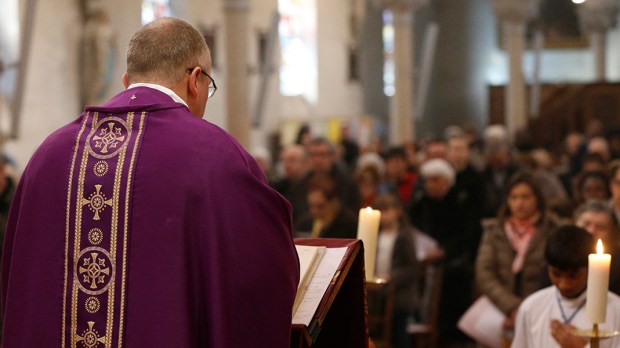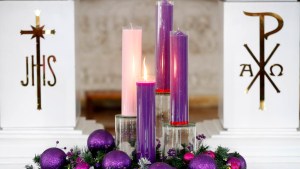Advent is a unique season in the liturgical calendar, not dependent on a certain number of days before Christmas, but only by the number of Sundays. More specifically, Advent is counted by the four Sundays that precede the Solemnity of the Nativity of Jesus Christ on December 25.
What is the symbolism behind four Sundays?
Advent in the Catholic Church has had a long and varied history. The earliest liturgical season of preparation was an Advent fast, marking 40 days before the celebration of Christmas.
However, it was soon relaxed in the West and initially included five Sundays of preparation. This observance only lasted for a few centuries before it was replaced by the four Sundays of Advent. It is believed that Pope St. Gregory VII fixed the celebration of Advent to four Sundays in the 11th century.
The 19th-century liturgical historian, Dom Prosper Guéranger, notes in his Liturgical Year the symbolism of this reckoning.
First of all, there is the number of the days of Advent. Forty was the number originally adopted by the Church and it is still maintained in the Ambrosian liturgy and in the eastern Church. If at a later period the Church of Rome, and those which follow her liturgy, have changed the number of days, the same idea is still expressed in the four weeks, which have been substituted for the forty days.
In this way, the four Sundays should remind us of the 40 days Jesus spent in the desert, which is a biblical number with a long history of symbolism. It is nearly always associated with preparation.
Furthermore, Guéranger also connects the four Sundays with a Catholic tradition behind the creation of the world.
The new birth of our Redeemer takes place after fourweeks as the first nativity happened after four thousand years according to the Hebrew and Vulgate chronology.
This is referring to a tradition that the creation of the world occurred 4,000 years before the birth of Jesus Christ.
Venerable Bede in the 8th century stated in his Reckoning of Time that the creation of the world occurred 3,952 years before the birth of Jesus. Faith Wallis explains in a commentary published by Liverpool University Press how he arrived at this date.
In On Times, Bede replaced the Eusebian-Septuagint chronology of the first two World-Ages with a new chronology based on Jerome’s translation of the Hebrew text of the Old Testament…The upshot is that the birth of Christ, which Isidore, following Eusebius, dated to AM 5197, is dated by Bede to AM 3952.
While scientists continue to debate the exact date behind the creation of the world, the main symbolism of the number four remains. The number four in the Bible is often connected to God’s creation. For example, as one biblical scholar of the 19th century put it in hisbook, Number in Scripture, “The fourth day saw the material creation finished, for on the fifth and sixth days it was only the furnishing and peopling of the earth with living creatures.”
Four is also connected to creation when talking about the four corners of the world, the four cardinal directions, and the four elements of earth, fire, air and water.
Advent is a beautiful season and even its number of Sundays speaks of the earth eagerly awaiting the arrival of the Savior.



